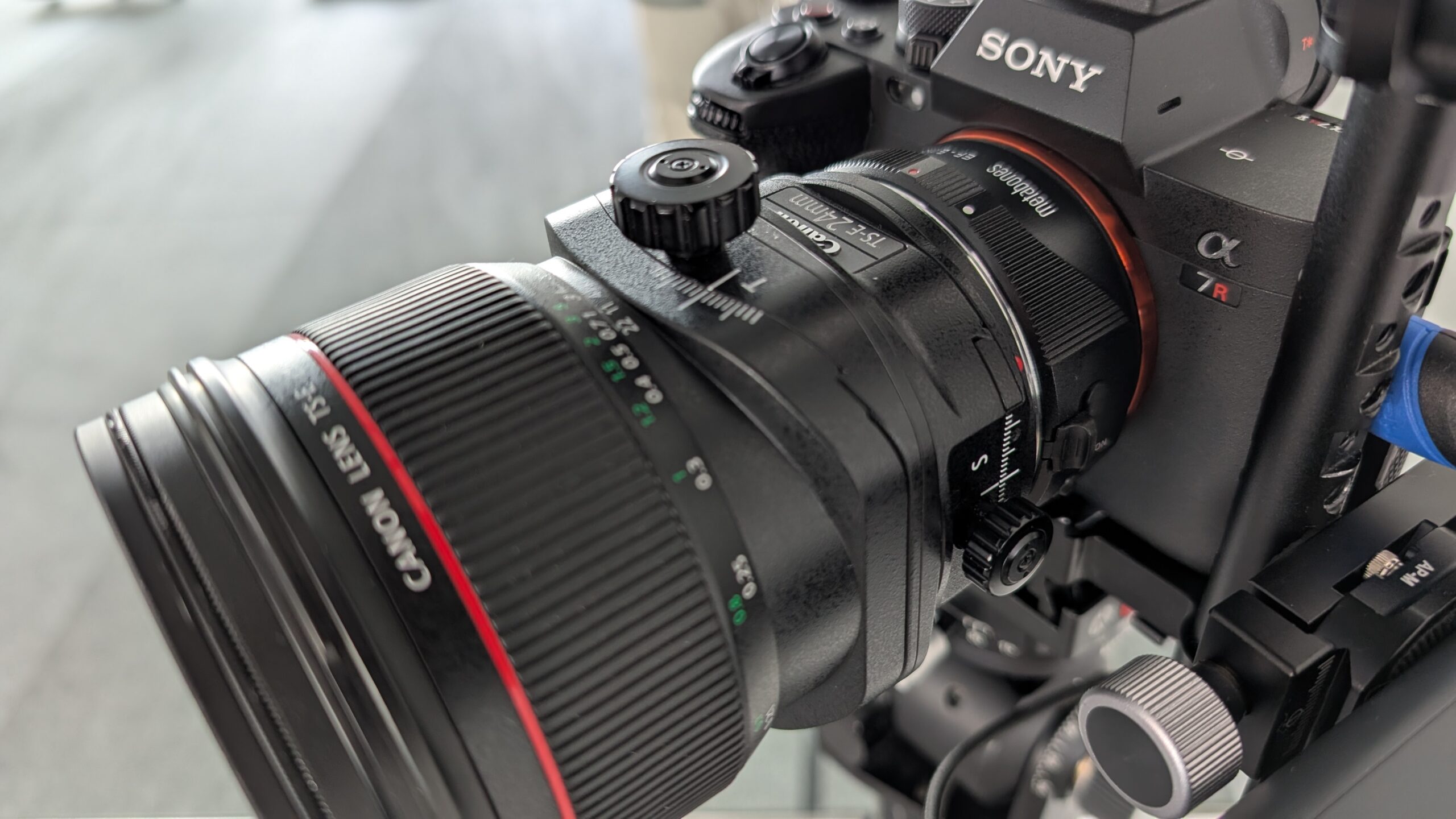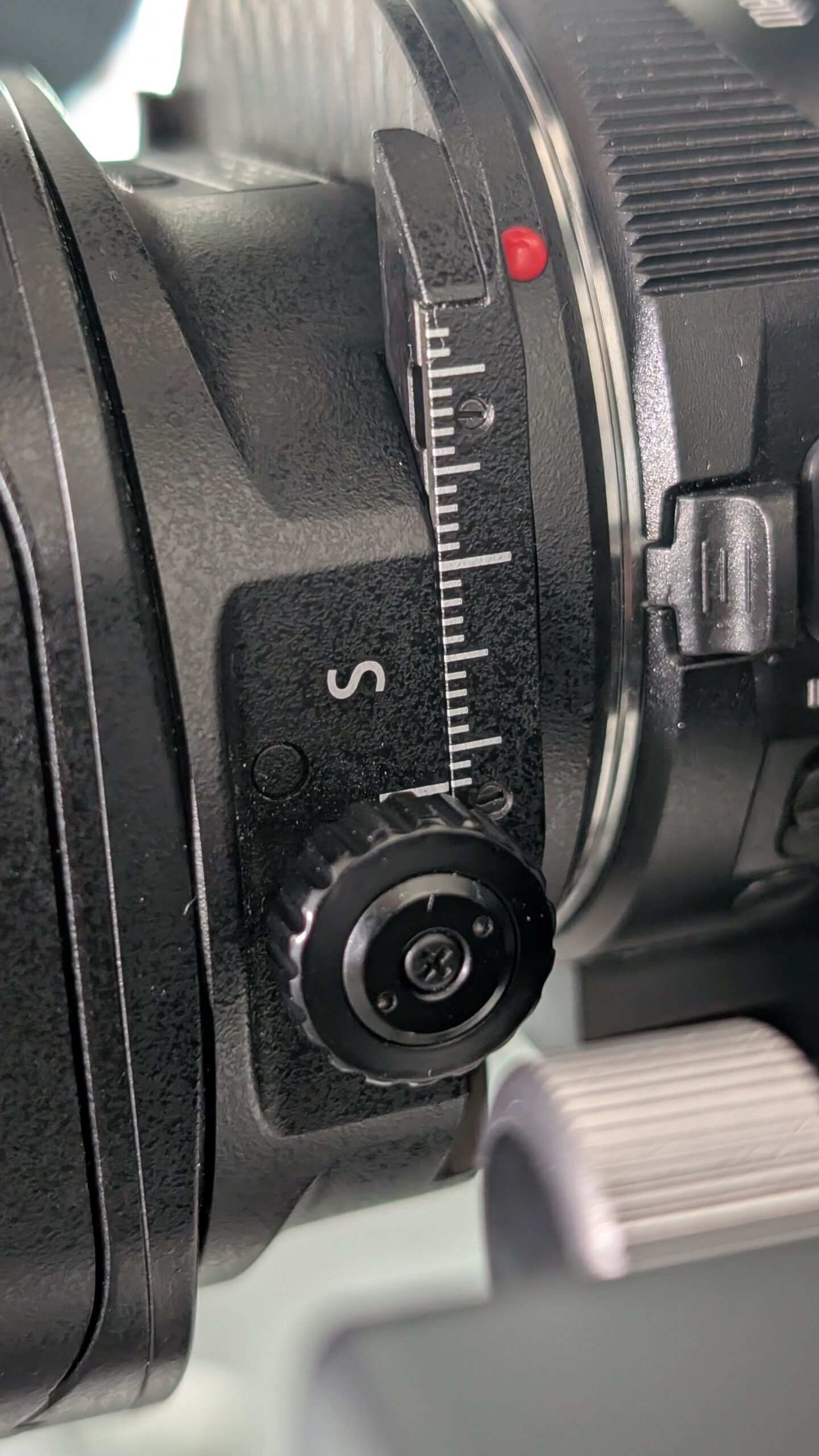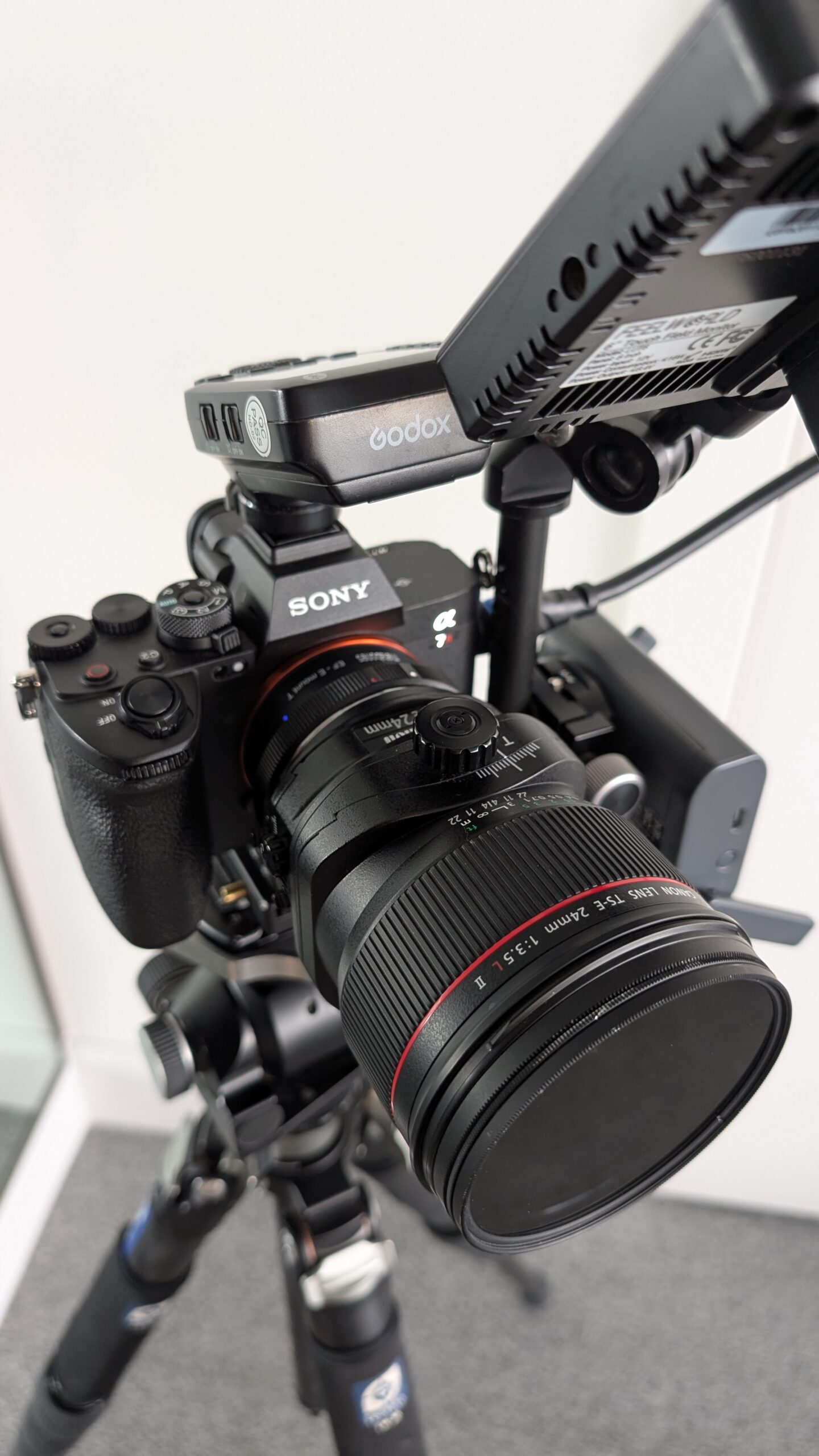Why Tilt-Shift Lenses Are Essential for Architectural & Interior Design Photography
Introduction
If you’ve ever tried to capture a stunning piece of architecture photography or a beautifully designed interior, only to find the lines in your image skewed and distorted, you’re not alone. This is where tilt-shift lenses come in—a game-changer for professional Architectural Photography and Interior Design Photography.
As an architectural photographer in Utah, I remember my early struggles with perspective distortion. I’d take a shot of a building, only to find the vertical lines converging like the walls were collapsing. Correcting this in post-production was tedious and compromised image quality. Once I started using a tilt-shift lens, everything changed. In this article, I’ll break down exactly how these lenses work, why they’re invaluable, and show you before-and-after examples that highlight their impact.
What is a tilt shift lens?
A tilt-shift (TS) lens is a special type of lens that allows you to manipulate the optics independently from the camera body. Unlike standard lenses that move as one unit, a tilt-shift lens lets you adjust the tilt (focus plane) and shift (perspective) without moving the camera itself. As you will learn in this article, these are very important functions for Architecture Photography and Interior Design Photography.

Tilt Function
The tilt function alters the focus plane. Instead of relying solely on aperture to control depth of field, tilting the lens allows you to have sharp focus from foreground to background even at wider apertures. This is particularly useful in interior design photography, where you want an entire room in focus without needing f/22, which can introduce diffraction and reduce sharpness.

Shift Function
The shift function corrects perspective distortion. Normally, when you angle your camera upwards to capture a tall building, the vertical lines converge. With a shift lens, you can keep the camera perfectly level and shift the lens upwards, maintaining straight verticals. This is a lifesaver for architectural photography, where accuracy is crucial.

Why tilt shift lenses are essential for interiors and architecture
1.Correcting Perspective Distortion
Have you ever noticed that when you point your camera upwards at a tall building, it appears to lean back? When shooting architecture photography, this is called keystoning, and it happens because of the way standard lenses interpret perspective. With a tilt-shift lens, you can shift the lens instead of tilting the camera, ensuring your lines stay perfectly straight.Imagine shooting a modern skyscraper. With a regular wide-angle lens, the top of the building will appear to narrow. With a tilt-shift lens, the building’s proportions remain true to reality. (Include side-by-side comparison images here.)

2.Keeping Interior Proportions Accurate
When shooting interiors, especially in small spaces, perspective distortion can make elements look unnatural. Kitchen cabinets might appear to lean inward, or furniture might look disproportionately large in the foreground. Using a shift lens ensures everything remains properly aligned.
Take this shot of a luxury kitchen I recently photographed. I was shooting Interior Design photography for a client and had to get the lines in the this kitchen correct. I placed my 24mm Canon tilt shift lens at a height where the lines were straight, and then SHIFTED the lens down so I didn’t get a ton of the ceiling in the shot.

3. Maximizing Depth of Field Without High Apertures
In interior design photography, you often want sharp details from front to back, but using a small aperture like f/22 can soften the image due to diffraction. A tilt-shift lens allows you to tilt the plane of focus so that more of the scene is naturally in focus, even at f/8 or f/11. A hotel lobby scene shot with a standard lens at f/11 might have areas that are slightly out of focus. A TS lens at the same aperture with tilt applied results in a perfectly sharp image throughout.
4. Reducing Post-Processing Work
In architecture photography, many photographers attempt to fix distortion in post-production using Lightroom or Photoshop’s perspective tools. While these tools can help, they crop your image and can introduce unnatural stretching. Using a tilt-shift lens eliminates the need for these corrections, keeping your original composition intact.
How to Use a Tilt-Shift Lens Effectively
1. Setting Up Your Shot
- Mount your camera on a tripod to maintain precision.
- Keep your camera level to avoid unnecessary distortion.

2. Adjusting the Shift Function for Architecture
- Compose your shot while keeping the camera level.
- Shift the lens up or down instead of angling the camera.
- Use live view or tethering to fine-tune your adjustments.
3. Using Tilt for Interior Shots
- Slightly tilt the lens forward for increased depth of field.
- Experiment with small adjustments to find the optimal tilt for your scene.
- Be mindful not to overdo tilt, as it can create unnatural effects.
4. Avoiding Common Mistakes
- Over-shifting: Shifting too far can cause image vignetting.
- Over-tilting: Too much tilt can make objects in the scene look warped.
Ignoring parallax errors: Adjust your composition carefully to avoid mismatched edges.
Are Tilt-Shift Lenses Worth It?
Tilt-shift lenses are an investment, with options like the Canon TS-E 24mm f/3.5L II or Nikon PC-E 19mm f/4E costing well over $1,500. However, for professional architectural photography, they’re indispensable.

Alternative Options
- Renting: If you’re an occasional architectural photographer, renting a tilt-shift lens is a cost-effective option.
- Software Correction: Programs like Lightroom offer perspective correction, but as mentioned, this reduces image quality.
Perspective-Aware Shooting: If a tilt-shift lens isn’t an option, shooting wider than needed and cropping later can help preserve straight lines.
Conclusion
Tilt-shift lenses are a must-have for serious interior design photography and architectural photography. From keeping verticals straight to achieving deep focus without diffraction, these lenses elevate your images beyond what a standard wide-angle lens can achieve.
If you’re an architect, interior designer, or high-end home product supplier looking for professionally captured images that truly represent your work, let’s connect. I specialize in delivering high-quality images that enhance your brand’s visual storytelling. Contact me today to discuss your next project!
